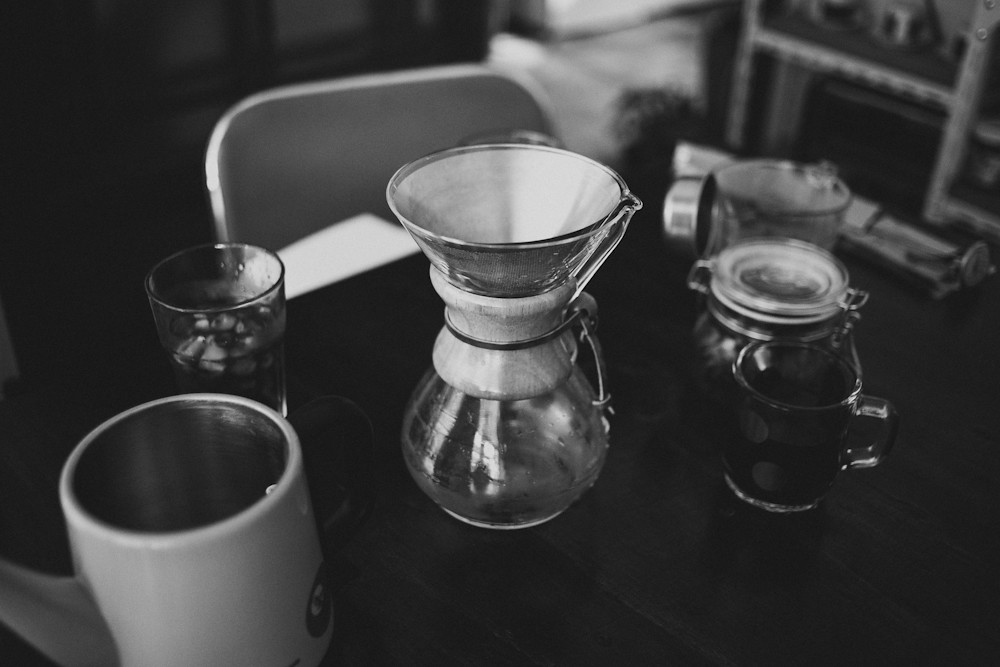It seems that the whole craft beer community is obsessed with hops. Consumers go batshit crazy over beers hopped and dry-hopped with the latest and greatest proprietary poster children of breeding programs. (Three Floyds Zombie Dust blew the doors of for Citra, and as of late Mosaic is the darling of the brewing world.) Hop Contracts are the de facto norm for any and all "in-demand" hops and for most anything that's commonly used in the states. Good luck getting your hands on Amarillo, Citra, Mosaic or Simcoe in quantities of a pound or more.

Most everyone reading this blog knows that hops impart bitterness, aroma and flavor into beer. But the commonly accepted knowledge amongst homebrewers about how this actually works can be summed up in a couple of sentences: Adding hops with high alpha acid content at the beginning of the boil contributes to bitterness. Adding hops toward the end of the boil and through dry hopping enhances aroma and flavor.
Thankfully, the greater brewing community (largely commercial brewers and academics the like of Dr. Charlie Bamforth, with a substantial contribution from Stan Heironymus and the Brewers Association) is starting to peel the layers back on the actual chemistry at work here and share that knowledge.
Let's talk about bitterness first: Alpha acids are indeed the compounds which contribute to bitterness in finished beer, but they don't do it directly. During the boil (in the presence of heat and kinetic energies) they change their structure slightly through a process called isomerization, which simply means that the atoms in the molecule re-arrange themselves and exhibit different chemical properties.
Adhumulone, cohumulone, and humulone are the three distinct compounds which comprise the majority of the alpha acid content in a hop.
Adhumulone generally represents a minority of the alpha acid content and its contribution to bitterness is not deeply understood.
Cohumulone and humulone make up the majority of alpha content. Noble hops tend to have a higher ratio of humulone to cohumulone and as such cohumulone was considered less desirable and to impart a "harsher" bitterness. As such, it's common to see a humulone / cohumulone ratio or percentage cohumulone content published in hop data. However, newer high-alpha hops have been developed which have higher cohumulone content without any "harshness".
Interestingly, the isomerized alpha acids contribute to both foam stability and provide anti-bacterial properties on top of contributing bitterness to the finished beer.
On to aroma and flavor: Hops also contain a small percentage (by weight) of essential oils which are almost entirely responsible for their flavor and aroma contributions. There are numerous oil fractions present in hops, but four in particular make up the majority : caryophyllene, farnesene, humulene and myrcene. Each of the oil fractions has different aroma and flavor profiles and volatilize at different temperatures, although they'll all volatilize off during an extended boil. As such, late kettle, flame-out / whirlpool and dry-hopping all emphasize the aroma and flavor contribution by allowing these essential oils to stick around.
Caryophyllene adds a spicy, herbal and/ or woody character similar to humulene when boiled. Its effect on flavor when fresh is not well understood. Interestingly, it is one of the chemical compounds identified as contributing to the spicy character of black pepper and is also found in substantial quantities in Basil, Canabis, Cloves, and Oregano. Caryophyllene oxidizes quickly and as such its aroma / flavor contributions will drop off quickly in finished beer.
Farnese is is typically only found in significant quantities in noble hops. Its fragrance has green, woody, vegetative notes with hints of lavender. Flavor-wise, it adds the essence of herbs and organic wood-like offsets. Oxidation degrades its essence rapidly, and storing in air tight refrigerated packaging increases its storability.
Humulene is thought to lend the distinctive "noble" character to noble hops; most varieties traditionally considered noble are high in humulene, while many bittering hop varieties have very low levels. It contributes woody, earthy, and herbal aromas and flavors. The noble character is strongest when the hops are used in dry hopping or late hop additions; if boiled for longer periods, humulene lends the finished beer an herbal or spicy character. Oxidation degrades its essence rapidly, and storing in air tight refrigerated packaging increases its storability. Humulene does have a higher boiling point relative to the other oil fractions and will contribute more aroma and flavor if used earlier in the boil.
Myrcene contributes a green, herbaceous, citrusy, resinous aroma often associated with "American" or "fresh" hop character. It is highly volatile and loses much of its aroma when boiled. It is also found in Cannabis, Lemongrass, Mangoes, Thyme, and Verbena. Myrcene is highly volatile / unstable and as such will provide maximum flavor contribution when used as a late / dry hop and in beer consumed when fresh.
There's a lot of chemistry at work here. (Frankly, far more than I grok at this point.) But it's safe to say that there's a lot more to adding bitterness and flavor to our beer than just grabbing a couple packages of pellets at the homebrew shop and adding them at the beginning and end of the boil.
If I had to guess, one could dive in to the oil profiles of individual hops and start to determine what flavors and aromas they'd contribute when used at different points in the process. (More to come soon on that...)
